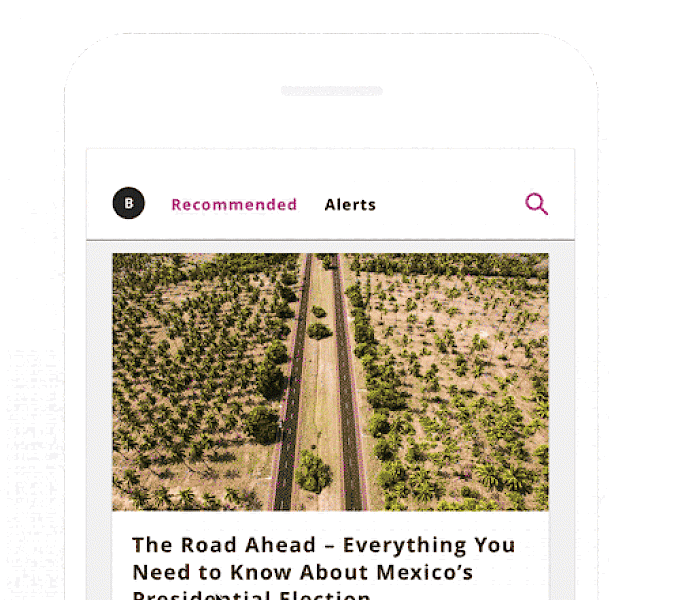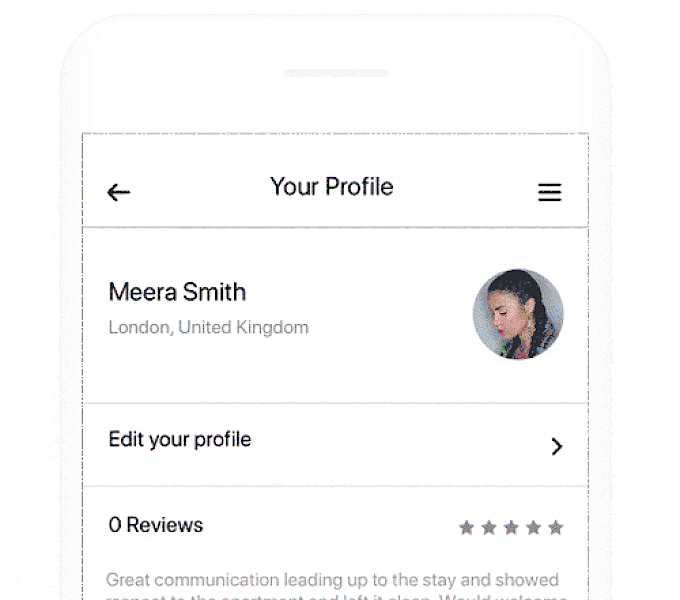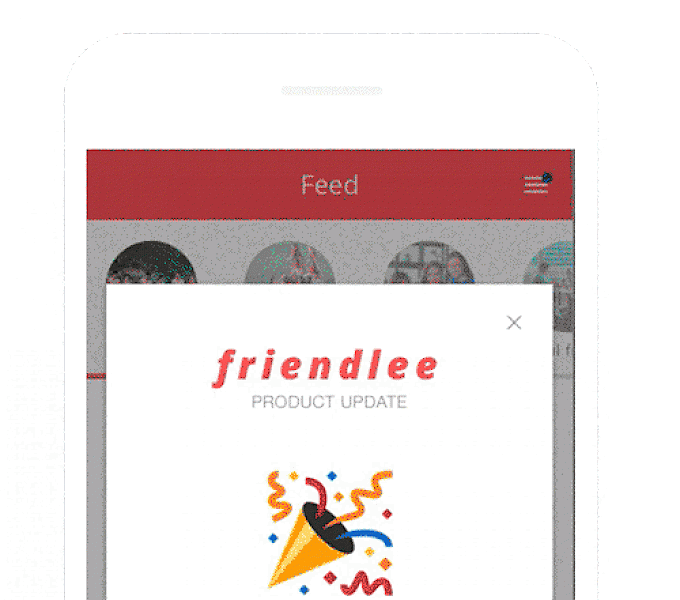Data education & awareness
Buenos Aires
4th Dec 2018 at Innovation Lab

The Buenos Aires Design Jam addressed issues around, and explored potential solutions for, data education and awareness.
Designs that are common and work well today, from a “like” button to a newsfeed, were once innovative experiments. New interfaces, like smartwatches or voice control, develop quickly. Academic research shows that giving people information in bite-sized chunks is more effective and allows them to make more meaningful choices when using technology. For a generation who has grown up with smartphones this is even more true. To modernise the way we help people understand data and its use, we have to to match the pace of technological innovation. Industry must lead to create designs for trust, transparency and control that keep up with these innovations.
Industry shares a challenge with regulators and policymakers in finding appropriate ways within services to communicate to users how their data is used in a way that doesn't disrupt their experience; one that clarifies their understanding of how their data is used so that they can make meaningful and well informed choices. By putting people in control of their data, industry can build more successful businesses and unlock greater value. This motivation creates a win-win: the development and creation of compelling services and value, while also building and enhancing people's trust and confidence in these data-driven services.
Design an innovative user interface or interaction for a digital service that provides transparency for users while also providing them with a great user experience.
The Design Jam was co-hosted by CIPPEC, a think tank that works to promote a just, democratic and efficient State that improves the quality of life for all Argentine citizens.
We welcomed experts from a variety of disciplines to Facebook's Innovation Lab in Buenos Aires, including local designers in partnership with Digital House and Aerolab, as well as industry and public bodies, academics and legal practitioners.

Below is an outline of the stages and exercises that took place at this Design Jam. For everything that you need to facilitate your own workshop, please follow the links to the relevant part of our toolkit.

Discover
On the morning of the Jam, participants were welcomed and Introduced to Design Jamming. They then took part in discovery exercises around stations: Understand People, Analyse transparency in context and Deconstruct transparency.
Subject matter experts gave presentations to the group, including Pablo palazzi, Legal Expert, as well as Juani Ruiz Echazú from Aeorlab who talked about designing for data.

All participants worked to Identify opportunities by writing How Might We's on Post-Its during these presentations, and these notes were collected by the facilitation team who placed them on the wall of the day, grouping them into key thematic areas. Some of the unique groupings of questions that emerged from this Design Jam included ideas on how might we:
- change the way people are educated about data
- create visual and conversational experiences based on accurate interpretation
- be sensitive to changing contexts and different people's needs?
Ideate & Prototype

After lunch, the wall of the day was reviewed before moving into the Team kickoff. The facilitators Set brainstorming rules and introduced the teams to Sketching ideas. The teams were also given personas to Understand users.
It was vital to conduct market research beforehand in order to adapt the Fictional service templates to the local Argentinian context.
Each multidisciplinary team focussed on imagining transparency-focussed design patterns on different areas of fictional mobile apps, with the following focus areas:
- Ditto - a companion app for a connected speaker system with a voice-activated virtual assistant
- Vidi - a live video sharing platform aimed at young people. Teens can stream live video from their phone and are alerted to their friend’s live broadcasts.
- Friendlee - social app which allows people to organise their different friendship groups and share photos, videos, messages and manage events within each group.
- Bizzfeed - a digital media service with an emphasis on business and economic news coverage including articles and videos
- Garms - a Peer-to-Peer fashion marketplace with suggested content and identity verification for e-commerce
- Micasa - a Peer-to-Peer rental app and online marketplace where people can lease their own homes to travellers

Teams completed Challenge statements to define and refine their focus on a specific part of the challenge for each fictional app. Teams moved from sketching ideas and receiving Feedback from other teams to Building digital prototypes of a single idea. Each team filled out a presentation board to Create a pitch, telling the story of their design patterns back to the whole group and receiving Feedback from experts at the end of the day.


